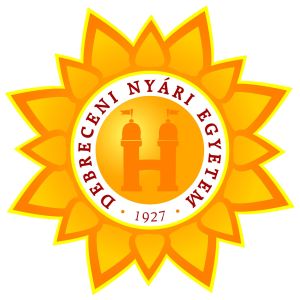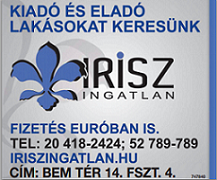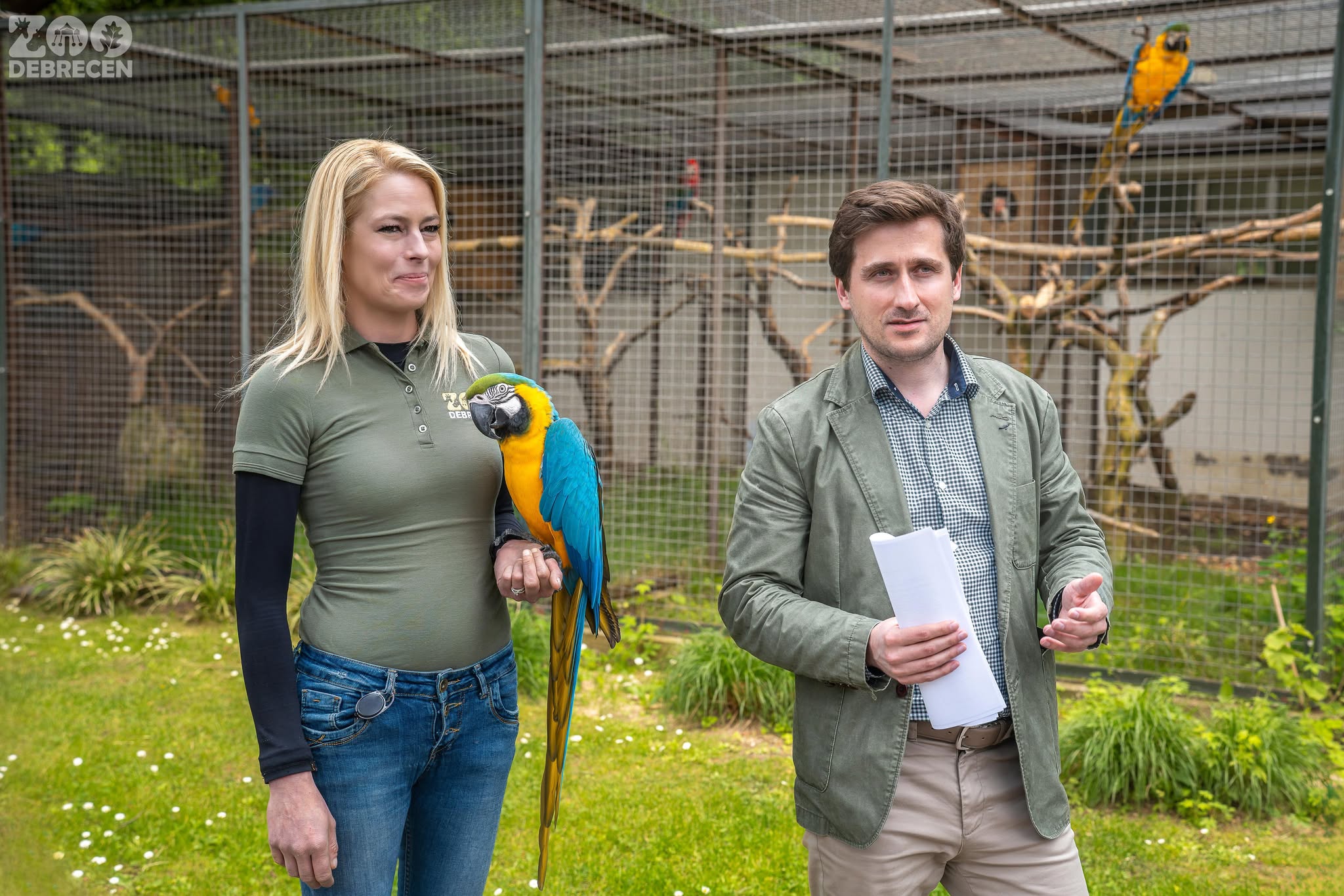Over the past three years, Debrecen Zoo has successfully raised seven blue-and-yellow macaw chicks (Ara ararauna). Now, on the International Day of Families, the zoo proudly announces the birth of three more vibrant chicks. These highly intelligent and social birds form strong, lifelong pair bonds—much like families, the building blocks of human communities.
The newly hatched parrots, whose sexes are not yet known, emerged from their eggs in early April and are just now venturing outside their safe nesting cavities for the first time. Visitors can expect to see the colorful young parrots, which will become fully independent in about a month, in the coming weeks.
Alongside the visually striking blue-and-yellow macaws, Debrecen’s zoo and botanical garden has recently expanded its collection with rare and valuable parrot species, including the critically endangered blue-throated macaw (Ara glaucogularis) and the Andean macaw (Primolius couloni). More species are expected to follow.
Thanks to years of preparation and international recognition of its expertise, Zoo Debrecen has now been invited to participate in the European conservation program for the world’s largest parrot species—the hyacinth macaw (Anodorhynchus hyacinthinus). A young breeding pair is expected to arrive soon.
This summer, a total of 10 species and 24 individuals from the Psittaciformes (parrot) order will live under the canopy of Nagyerdő forest in the zoo’s collection.
Due to this rapid population growth, the zoo now hosts 185 animal species, utilizing all available aviaries. The arrival of the macaws also signals the start of a major new development: the construction of a modern parrot aviary. This new 200 m² aviary, with an average ceiling height of 7 meters and a volume of 1400 m³, will feature an indoor space visible year-round. Work begins on May 27, and the new aviary is expected to open in stages by the summer holiday season.
The hyacinth macaw (Anodorhynchus hyacinthinus)—native to the Pantanal wetlands and gallery forests and palm groves of central and eastern Brazil—is the largest parrot species in the world, reaching over one meter in length. With vivid blue feathers and bright yellow facial markings, it’s one of the most iconic birds of the tropics. Its powerful beak is capable of cracking the hardest nuts, mainly from palm species that few other animals can access.
These parrots are diurnal, living in pairs or small family groups, and spend most of their lives in the treetops. They form strong pair bonds and often remain together for many years. Hyacinth macaws also play a vital ecological role, helping spread palm seeds through their diet.
Unfortunately, due to habitat destruction—especially the loss of palm groves—and illegal wildlife trade, their population has dramatically declined in recent decades. The species is classified as Endangered by the International Union for Conservation of Nature (IUCN) and listed in CITES Appendix I, offering the highest level of international protection. Fewer than 500 individuals are held across just 135 zoos worldwide.
(Zoo Debrecen)


















